Bargi Dam Jabalpur: A Complete Guide to the Iconic Rani Avanti Bai Sagar Project
Bargi Dam, officially known as the Rani Avanti Bai Sagar Project, is a major infrastructure marvel on the Narmada River in Madhya Pradesh, India. Located just 40 km from Jabalpur, this multipurpose dam has a significant role in the region’s power generation, irrigation, and water management. Besides its utilitarian purpose, it also draws visitors for its scenic backwaters, wildlife, and tourism activities.
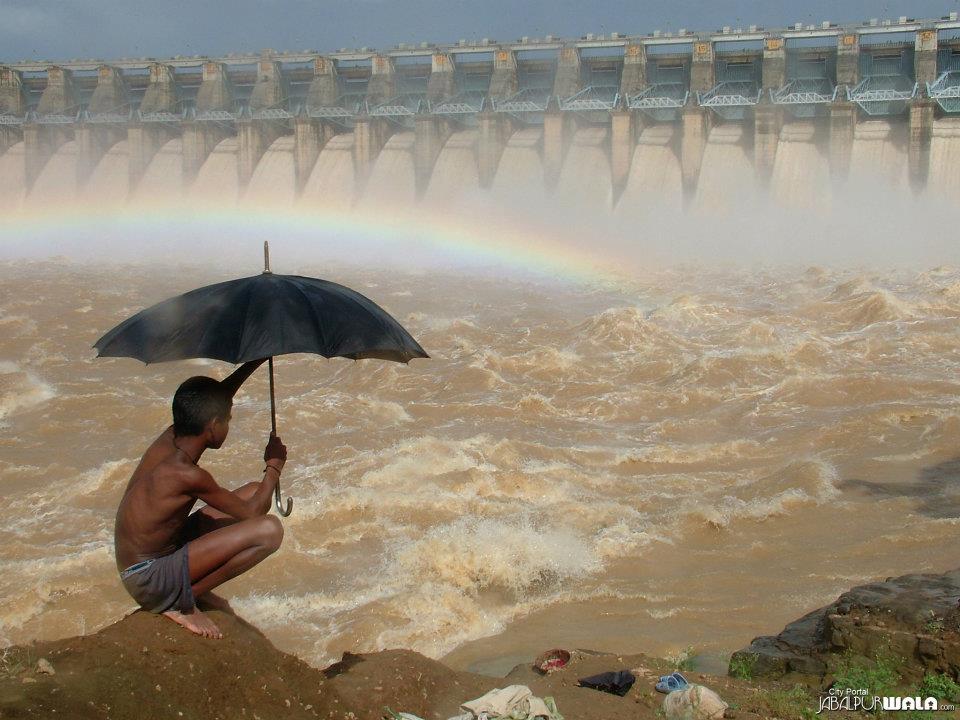
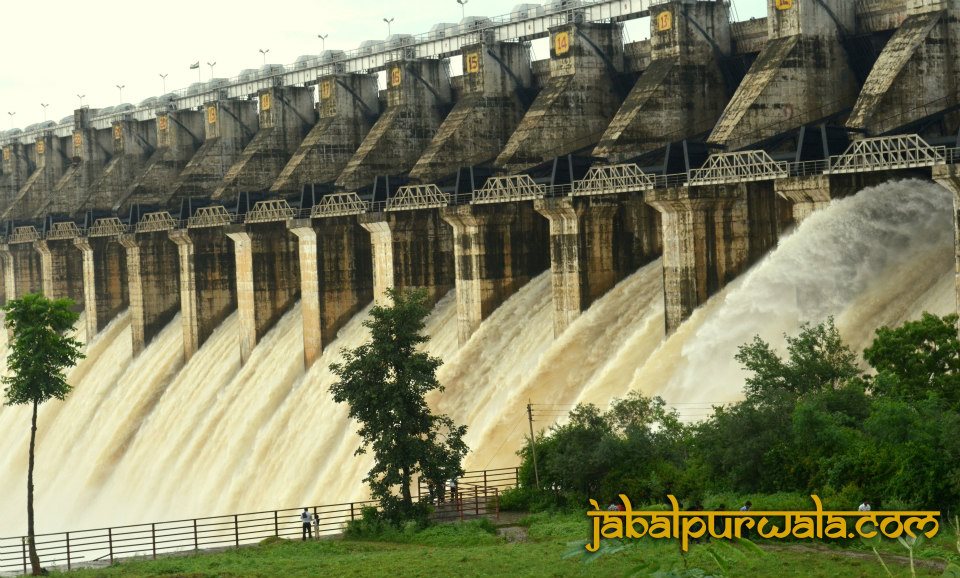

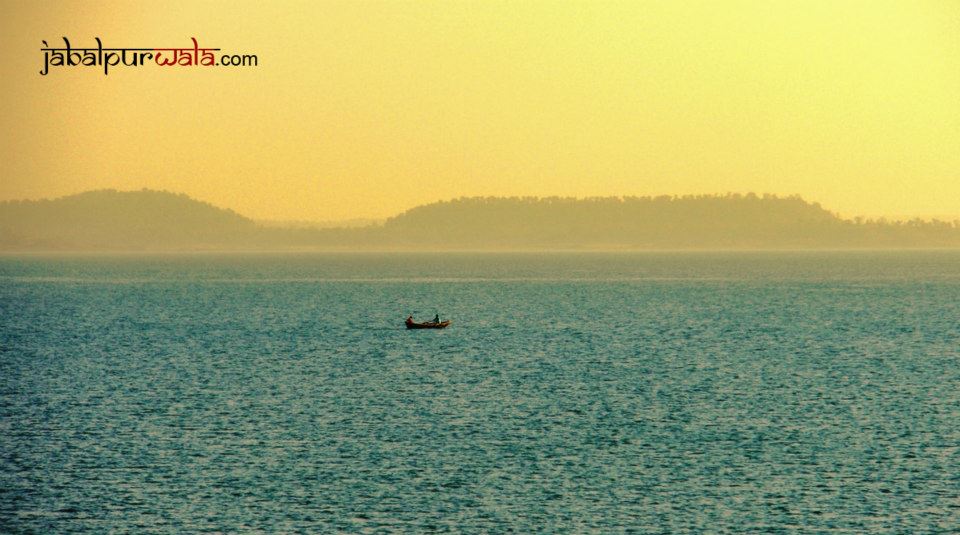


Power Generation and Capacity
The Bargi Dam has a substantial total power generation capacity of 100 MW. The main dam generates 90 MW of power, while an additional 10 MW is produced through the canal powerhouse. This contribution to the state’s energy needs has been vital in supporting local communities and industries, making it a critical asset for the energy sector in Madhya Pradesh.
Structural Highlights of Bargi Dam
- Maximum Water Level: The dam reaches a maximum water level of 422 meters above sea level (1384 feet).
- Dam Length and Height: The concrete section of the dam spans 1 kilometer, while the total dam length is approximately 5 kilometers (5357 meters). Its height stands at 229 feet, towering over the river and creating an expansive reservoir.
- Backwater Reservoir: The dam’s backwater stretches up to 75 kilometers toward the Mandla district, creating a large water body and adding to the local ecosystem.
- Catchment Area: The catchment area is 14,556 square kilometers, allowing the dam to capture substantial rainfall and support water management in the area.
Canal Systems and Irrigation
The Bargi Dam is a lifeline for local agriculture. The dam’s extensive canal system, featuring a 137-kilometer-long left bank canal and a 95.5-kilometer-long right bank canal, supports irrigation across the region. The project was designed to irrigate an impressive 402,000 hectares of agricultural land, making it a cornerstone for local farmers and the agricultural economy.
Construction Timeline
Construction of Bargi Dam started in 1974 and took nearly 16 years to complete. It was finally finished in 1988 and reached its full water capacity of 422.76 meters for the first time in 1990. Since then, it has become a vital water resource for nearby districts, fulfilling the dam’s original purpose.
Displacement and Rehabilitation Challenges
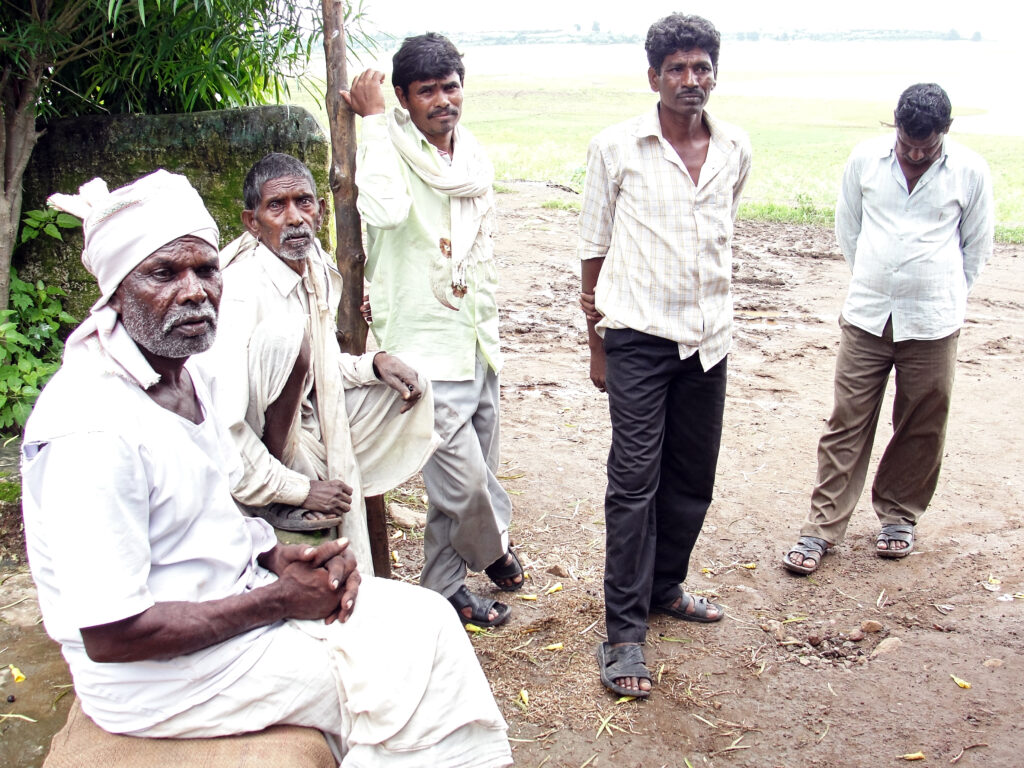
The construction of Bargi Dam led to significant displacement and changes for local communities:
- Scale of Displacement: The project displaced 5,475 families and submerged 27,432 hectares of land, affecting the districts of Jabalpur, Seoni, and Mandla.
- Submerged Villages: The rising waters submerged land across 162 villages—19 villages in Jabalpur, 48 in Seoni, and 95 in Mandla. Of these, 22 villages were completely submerged, while 140 were partially submerged.
- Rehabilitation Funding: The initial rehabilitation fund of Rs. 100 million (USD 2 million) was allocated in 1987; however, delays and mismanagement led to challenges. Further annual support of Rs. 14.5 million (USD 0.3 million) began in 1998 to aid infrastructure and service needs.
Model Villages and Resettlement
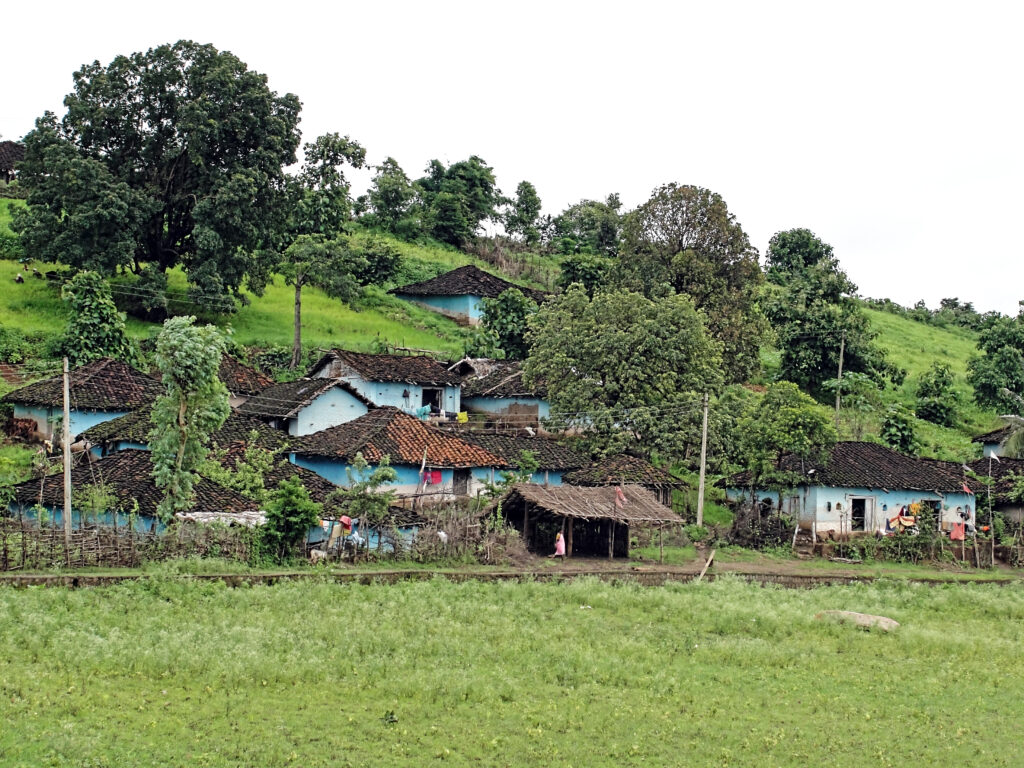
While model villages were created to resettle displaced families, only 89 families were able to move to these designated settlements. Many others preferred to stay in their original villages or migrate to urban areas for better opportunities. This relocation history highlights the socioeconomic impact of large-scale dam projects and the ongoing struggle for adequate support and rehabilitation.
Fishing Rights and Cooperative Societies
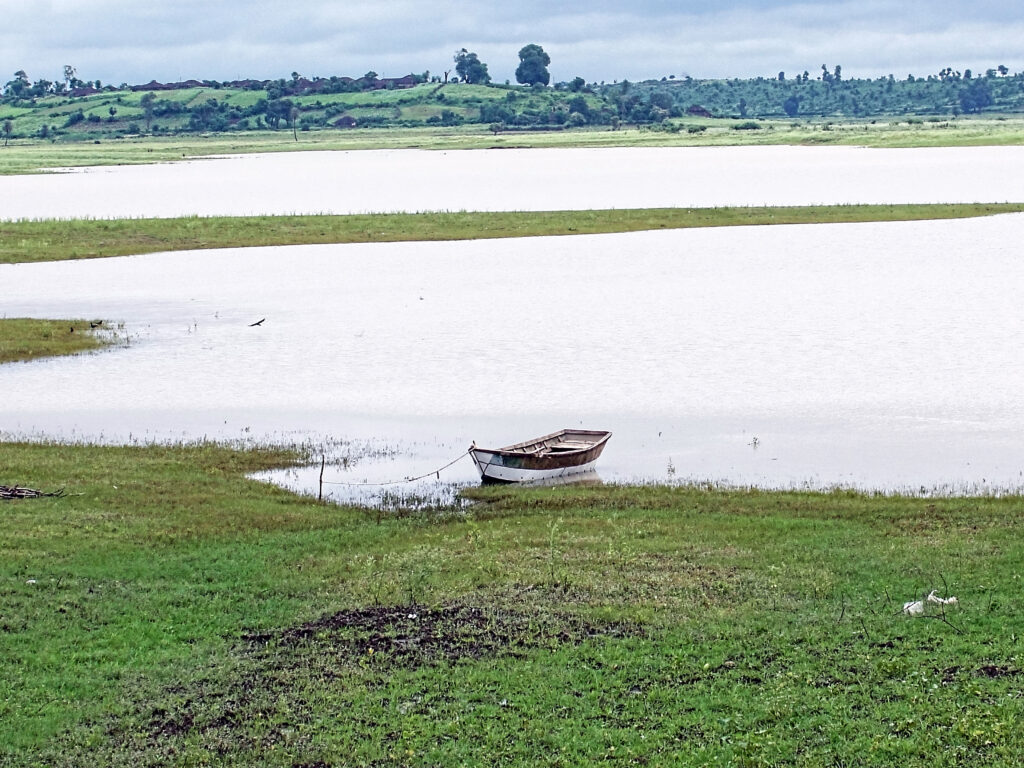
One positive development has been the establishment of fishing rights and cooperative societies. In 1994, the displaced families formed a federation of 54 cooperative societies to manage fishing in the dam reservoir. This initiative not only provided a sustainable income source but also fostered a sense of community and empowerment among the affected people.
Tourist Attractions and Activities at Bargi Dam
The Bargi Dam backwaters have evolved into a popular tourist destination. The expansive lake created by the dam, stretching 70 kilometers, offers various recreational opportunities:
- Boating and Cruises: Scenic boat rides and cruises offer breathtaking views of the backwaters and the surrounding landscape.
- Wildlife and Bird Watching: The backwaters attract various species of birds, making it a great spot for birdwatching. Additionally, nearby forests offer glimpses of native wildlife.
- Adventure Activities: The area around the dam also supports activities like fishing, camping, and trekking, drawing nature enthusiasts and adventure seekers alike.
Conclusion
Bargi Dam is more than just a dam; it’s a symbol of development, resilience, and community empowerment. From generating power and irrigating vast areas to offering livelihoods through cooperative fishing societies, the dam has touched multiple facets of life in the region. For visitors, the serene backwaters and adventure activities offer a perfect escape into nature. Whether you’re interested in its engineering marvel, historical significance, or tourism potential, Bargi Dam stands as a testament to how infrastructure can shape communities, industries, and ecosystems.

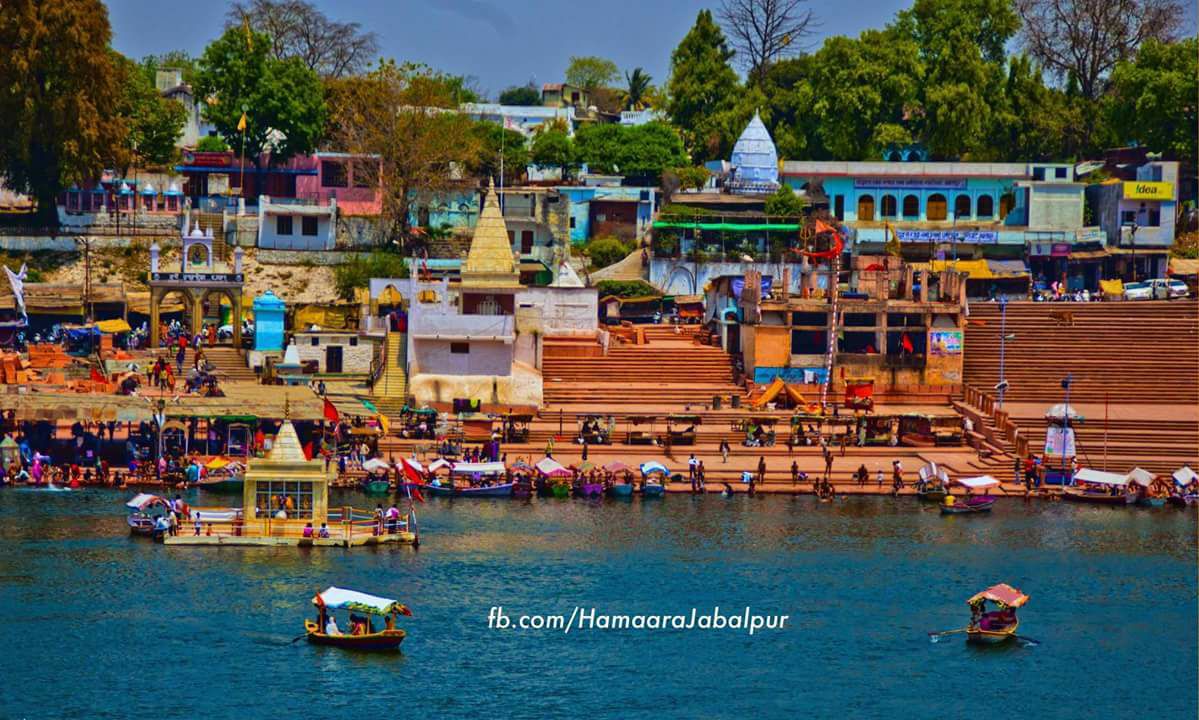

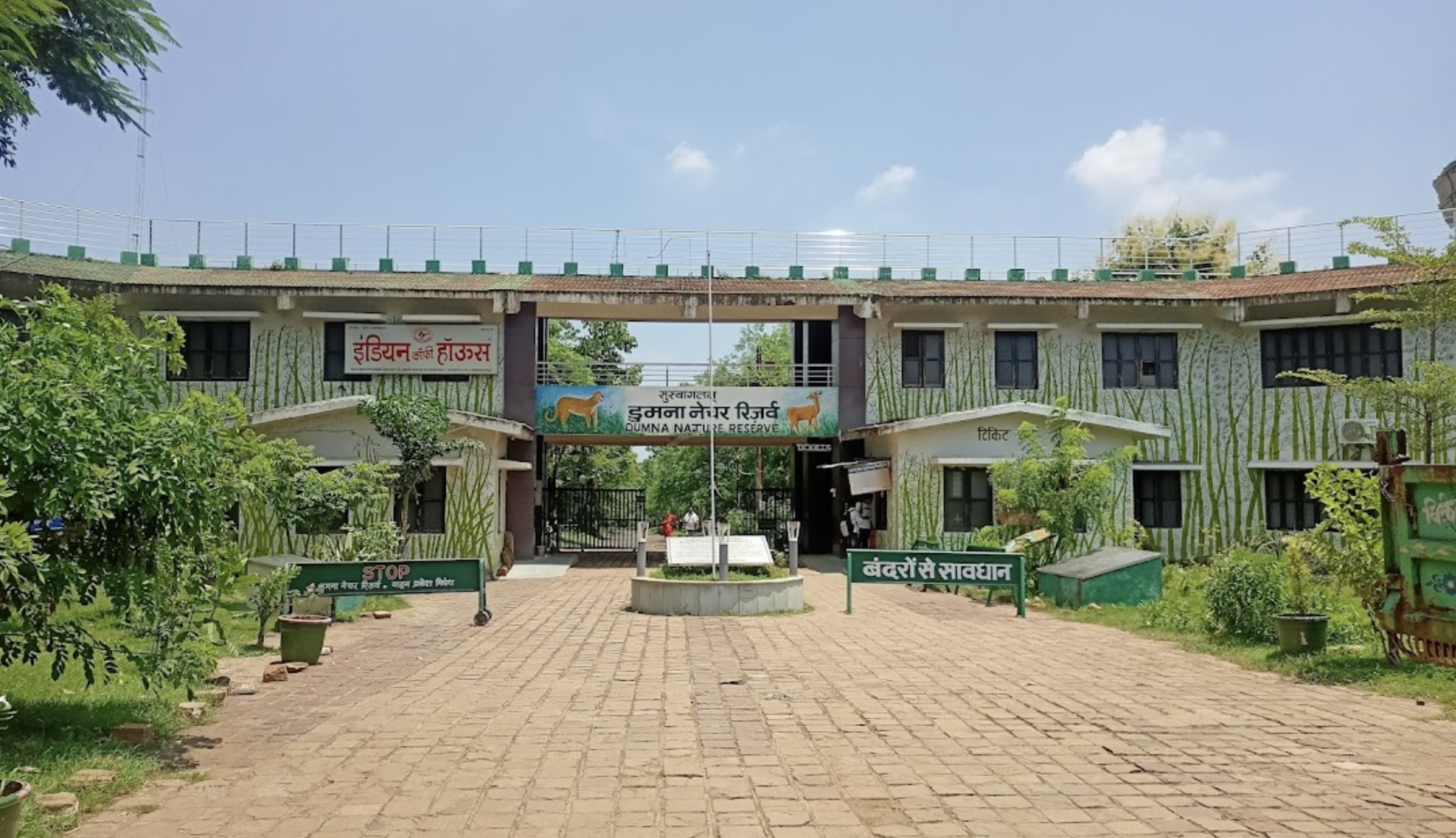


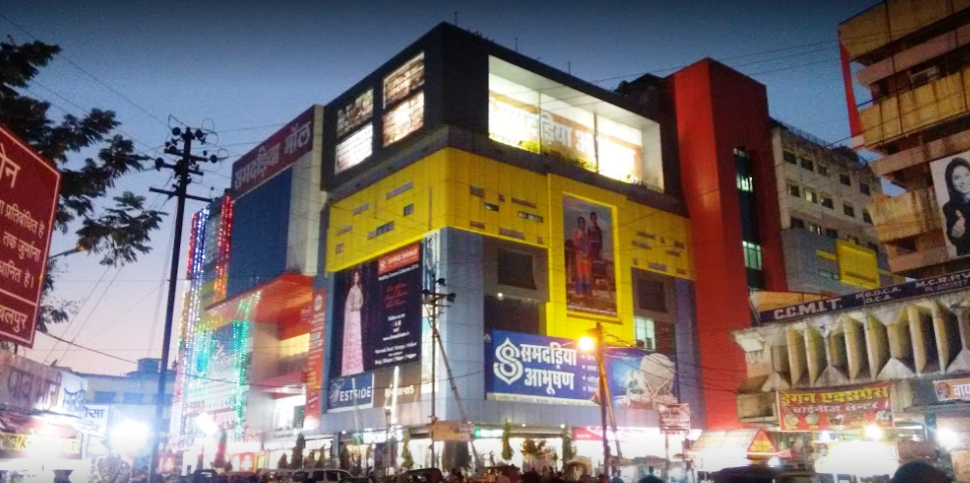
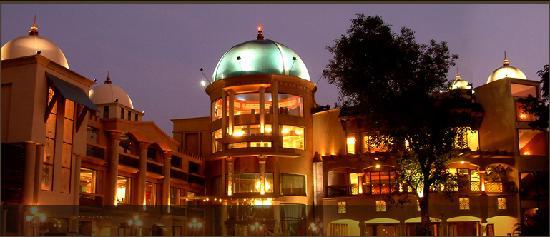
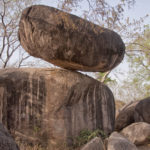
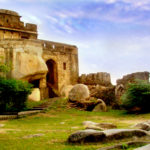
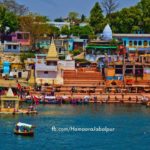
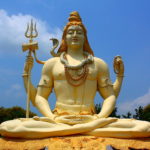
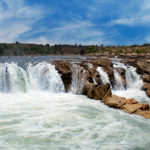


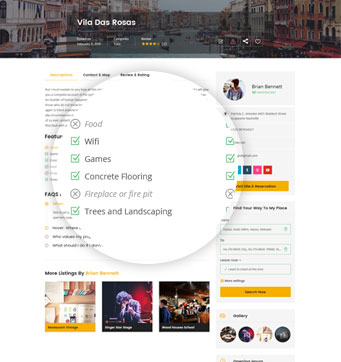
Bargi Dam: A Scenic Getaway Near Jabalpur
Bargi Dam, located about 40 km from Jabalpur, is a popular tourist attraction, offering a mix of natural beauty and recreational activities. Constructed on the Narmada River, the dam provides not only irrigation and hydroelectric power but also a scenic spot for visitors to relax and enjoy various water sports. You can try speed boating, paddle boating, and even enjoy a peaceful cruise on the reservoir. The tranquil environment and beautiful sunset views make it an ideal place for a weekend getaway. Additionally, there are resorts nearby where you can stay and enjoy the stunning views of the dam